Let me state from the outset: Personally, I am not a touchy-feely New-Age kind of guy. Even worse, I have the terrible tendency to insist on evidence, of the good kind, backed by solid empirical data, not the kind based on testimonials that have so thoroughly polluted the web. So when I read about laughter yoga, I didn’t know if I should have been laughing or cringing.
Vishwa Prakash, a laughter therapist and coach, who runs a laughter yoga group that meets at 40th Street and Broadway in New York City says,
“There are some simple rules. Let’s be as joyful as we can. Let’s look at each other directly in the eye. And, if you don’t know what’s happening, fake it ’til you make it.“
Although the group does not use traditional asanas, laughter yoga practitioners liken it to mainstream yoga in the mental and spiritual sense.
40th and Broadway? Ah, I think, midtown Manhattan, the theater district. Would such BS fly in Iowa, Ohio, or even in the neighboring Bronx? I bet not. Not that I have anything against laughter—I love to laugh—and I am well aware of its great therapeutic effect on body and soul. Having said that, I can’t imagine an authentic Indian Yogi having such a frivolous attitude to his craft.
Knowing something about physiology also leaves me cold about Hot Yoga, another Western fad. You sweat, your heart pounds (are you getting dehydrated?), and you feel like you are doing High-Intensity Training (HIT in fitness parlance). You are not! Your feeling of well-being is more akin to the exaltation you feel when the wind is blowing in your hair, driving a convertible at high speed. You sweat out a lot of water and some salt, no toxins there. And, if you have a heart problem, “talk to your cardiologist” as they say in the commercials.
Some well-documented benefits of regular old yoga:
Bre-e-eathe!
So what is Yoga good for? It’s good for a lot. Let’s start with the breathing. Breathing slowly and deeply has many proven physiological effects. First, a short detour.
The brain is bathed in a liquid known as cerebrospinal fluid (CSF). It circulates about four times a day and disposes of brain tissue metabolites. To investigate how CSF flow is regulated in humans, investigators applied a novel real-time magnetic resonance imaging technique in healthy human subjects. They found something very interesting.
Significant CSF flow occurred exclusively with inspiration, in particular during forced deep breathing. High CSF flow was elicited during every inspiration, whereas breath holding suppressed it. Only a minor component of flow could be ascribed to cardiac pulsation. These results unambiguously identified inspiration as the most important driving force for CSF flow in humans. Conclusion: Breathing deeply helps the brain get rid of waste products.
The breathing centers (there are 4 of them, each with its own function) are located in the brainstem, the most ancient part of the brain. But don’t confuse ancient with primitive. This part of the brain receives signals from the blood, reporting on its pH. If it’s too low, it means the CO2 concentration is too high. That signals that it is time to blow it off by accelerating the respiratory rate. And vice versa, low CO2 normally results from hyperventilation; time to slow it down.
The respiratory centers get signals from other brain regions as well. When we are anxious, a wave of noradrenaline and adrenaline reaches the respiratory centers, signaling a need to increase respiratory rate so that more oxygen reaches the muscles active in the fight-or-flight response. All these responses are so-called involuntary; they occur automatically.
The respiratory centers can also be under voluntary influences. For instance, doing yoga calls for slower and deeper breathing. Several studies documented the influence of such a voluntary pattern on the brain: It causes the appearance of theta waves, which are characteristic of deep relaxation and sleep states. How can this happen? Because the brain connections to the brainstem are not one-way. The brainstem can exert its own influence on brain regions that control our sense of well-being, and even our cognitive functions. So deep, slow breathing can affect the reward system (ah, dopamine!) and un-clutter the areas that participate in rational thinking and decision making.
Flexibility—the key to graceful aging?
Stiffness is almost a hallmark of aging. The gait, the involuntary grunt getting in and out of a car, the feeling of stiff and achy joints getting out of bed in the morning—they all bespeak the same thing: Age.
So, why do we get so stiff with time? There are many theories, none completely satisfactory. Here is what I think is the most common explanation for joint stiffness that makes anatomical sense.
The most common joints affected by the affliction of stiffness are the knees, back (the vertebrae), and the feet. The cause is the erosion of the cartilage pads that prevent the grinding of bone-on-bone. Alas, with age, these pads erode and thin. Furthermore, the membrane that surrounds the joint, called the synovium, secretes less and less of the lubricating fluid (synovial fluid) that makes the bone ending glide over the cartilage. So when we sleep or sit for a long time, the synovial fluid pools rather than staying evenly distributed over the cartilage. It takes about 10-15 minutes of moving to achieve an even distribution of the fluid, and that’s when the stiffness melts away.
There is an additional cause of stiffness. As we age, the tendons and the ligaments that anchor the muscles to the bones are getting shorter and stiffer in a biochemical process called cross-linking of collagen.
The Yoga asanas that make us move our joints and stretch those aging tendons and ligaments counteract all the processes that cause stiffness. It’s that simple.
Personally, I can’t start my day without a series of Yoga stretches. That’s how I manage my own disc problems and stiffness related to aging.
Flexibility is destiny
Flexibility is not just “cosmetic”, affecting the grace with which we move. It plays a crucial role in natural selection. A wonderful paper published in Nature looked at lions preying on zebras and cheetahs preying on impala. To see natural selection in all its dramatic force, you have to go to the Savannah in Africa, and Botswana’s Etosha National Park is one of the least affected by humans. The animals there are free to roam for miles essentially without impediment. If you are lucky, you can witness the hunt.
To study this act of natural selection in action, you can’t rely on observation and luck. You’ve got to collect data on hundreds of hunts and thousands of data points. The authors, Alan M. Wilson of Structure & Motion Lab, Royal Veterinary College, University of London, and his colleagues, accomplished something of a breakthrough in the field.
They temporarily immobilized animals and fitted them with lightweight collars containing technically sophisticated, custom-designed, miniature electronic and Global Positioning System (GPS) devices. The devices monitored the animals’ location, movement, direction, and acceleration patterns.
Wilson et al. tracked 9 lions, 5 cheetahs, 7 zebras, and 7 impala, and recorded 2,726 high-speed runs for lions, 520 for cheetahs, 1,801 for zebras, and 515 for impala. After collar placement, a tiny biopsy of hindlimb muscle was taken from the animals for subsequent state-of-the-art laboratory testing of single-muscle-fiber contractility. What this remarkable data-set showed was astonishing.
Wilson and colleagues’ acceleration and GPS recordings indicated that, during hunts, the predators and prey regularly achieved their maximal turning performance but ran at speeds well below their athletic capabilities. Running at speeds slower than maximum capacity during a pursuit enhances maneuverability, which improves the prey’s probability of successful escape. It also enables predators to better track their prey’s movements, thereby increasing the number of successful hunts. In other words, flexibility trumps big muscles that allow greater speed. In fact, the animals, both predator and prey, utilize less power (speed) to optimize maneuverability, which in turn depends on the animal’s flexibility.
I remember watching a large herd of impalas grazing in Botswana totally unperturbed by the leopard strutting at the edge of the meadow. How can they be so nonchalant with their mortal enemy so close, I remember wondering. Now we know: They are a lot more flexible.
Our own flexibility will probably never save us from a cheetah or a lion. But, one thing’s for sure, it will make our lives much more enjoyable. And that is worth a lot.
Related Content: How to Correct 10 Common Mistakes People Make in Yoga
Dov Michaeli, MD, PhD
Dov Michaeli, M.D., Ph.D. (now retired) was a professor and basic science researcher at the University of California San Francisco. In addition to his clinical and research responsibilities, he also taught biochemistry to first-year medical students for many years.
During this time he was also the Editor of Lange Medical Publications, a company that developed and produced medical texts that were widely used by health professionals around the world.
He loves to write about the brain and human behavior as well as translate knowledge and complicated basic science concepts into entertainment for the rest of us.
He eventually left academia to enter the world of biotech. He served as the Chief Medical Officer of biotech companies, including Aphton Corporation. He also founded and served as the CEO of Madah Medica, an early-stage biotech company that developed products to improve post-surgical pain control.
Now that he is retired, he enjoys working out for two hours every day. He also follows the stock market, travels the world, and, of course, writes for TDWI.
Comments:
Leave a Reply
Comment will held for moderation

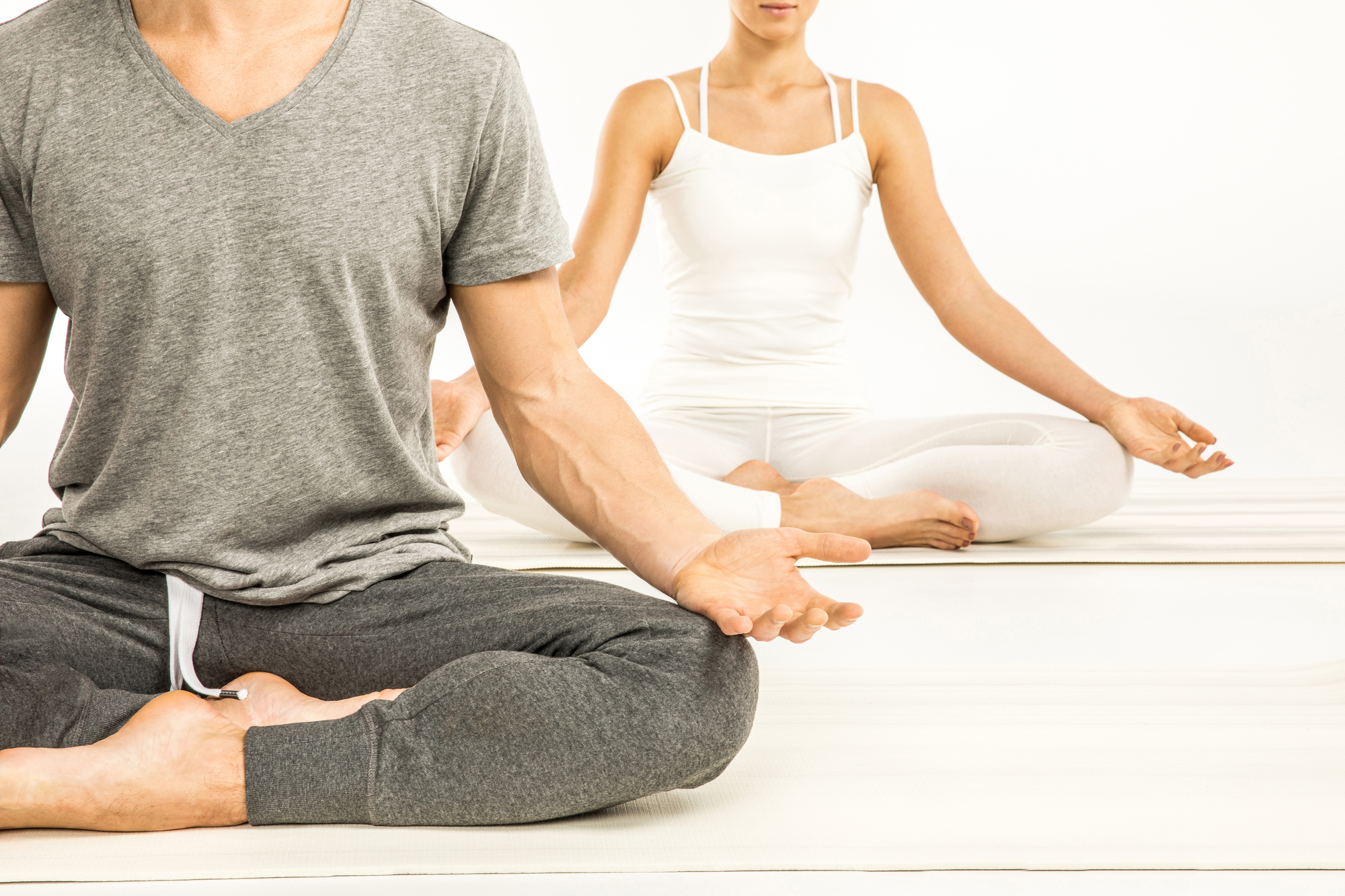



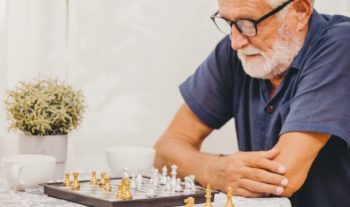

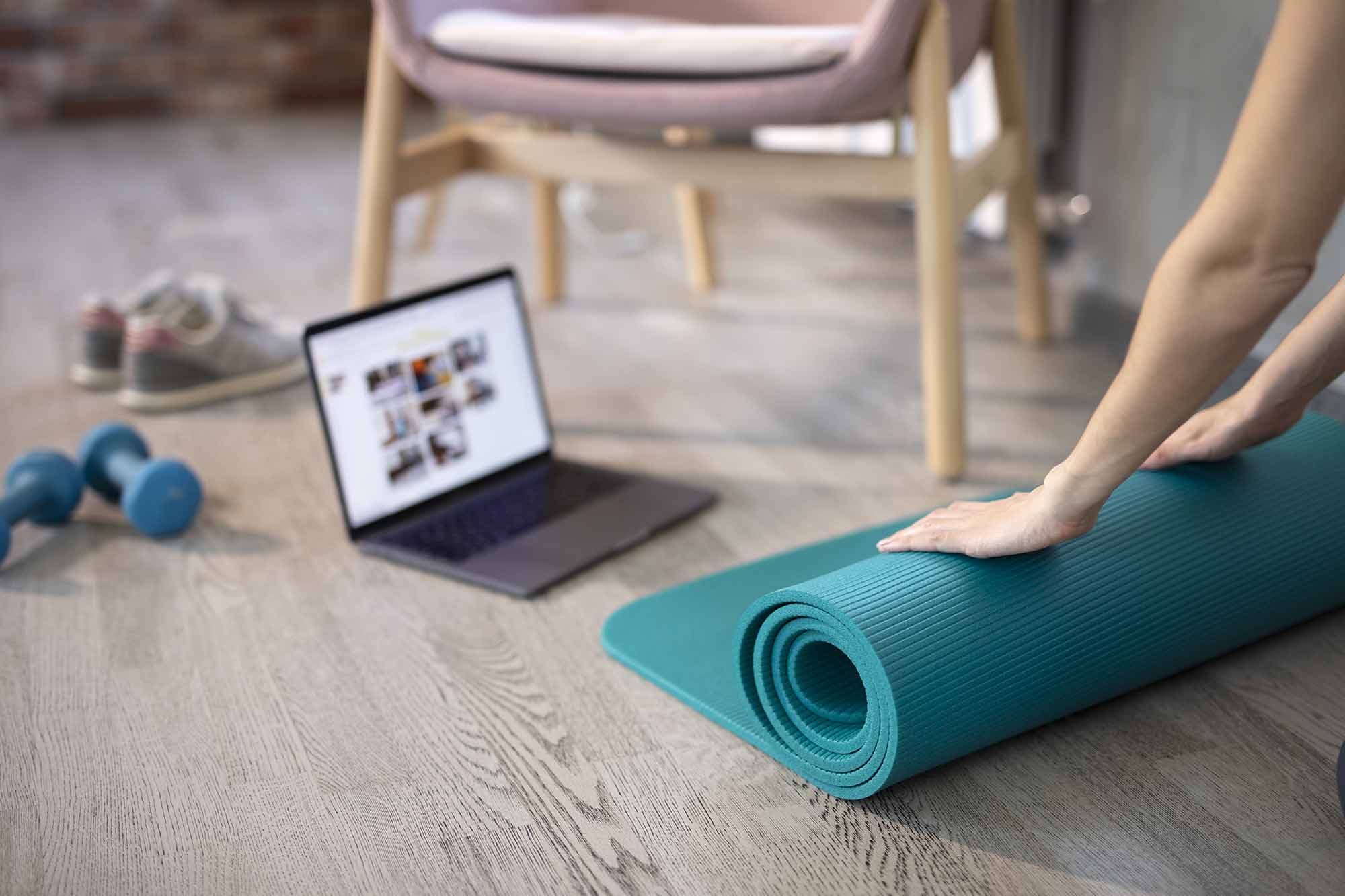
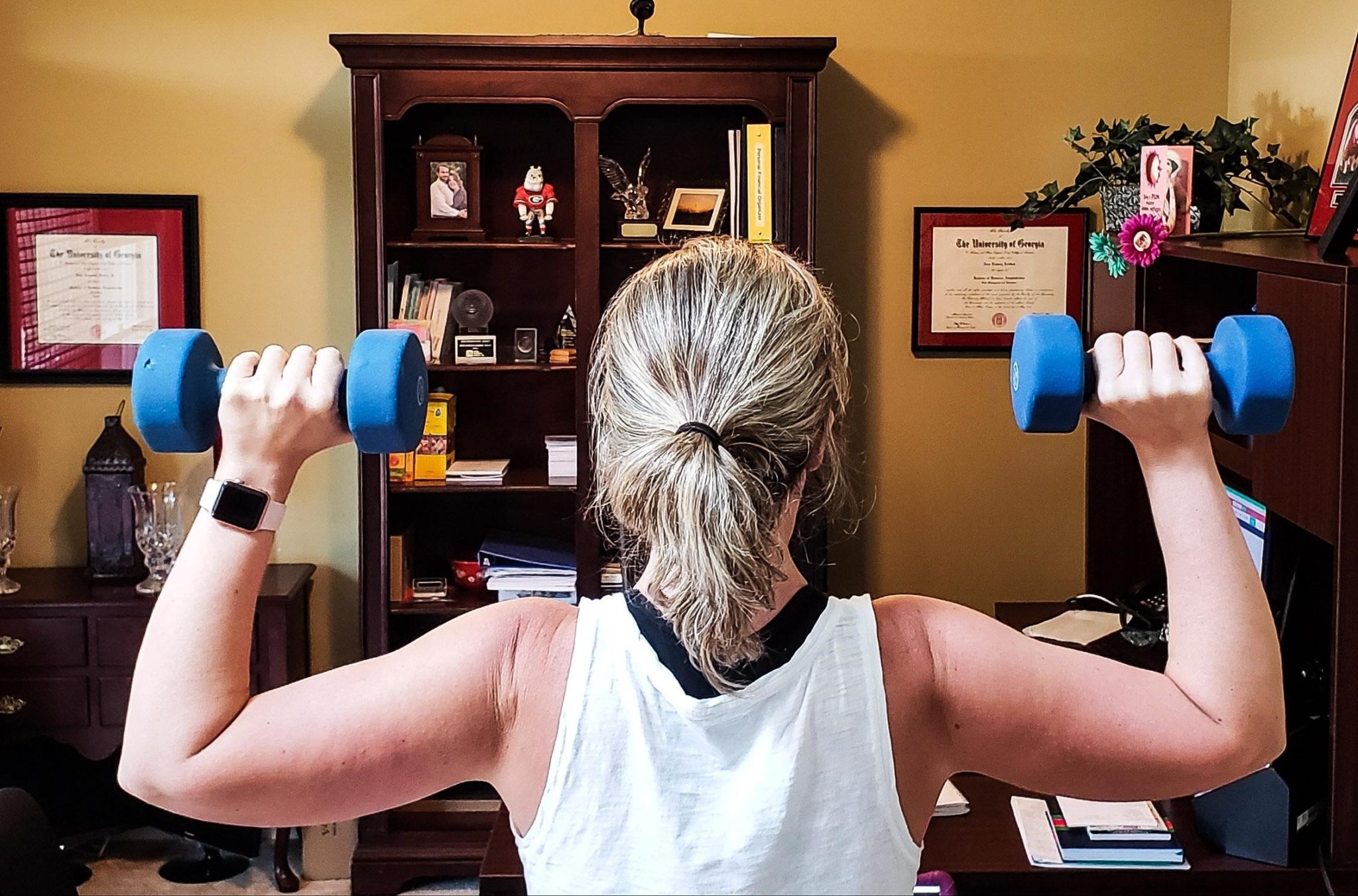
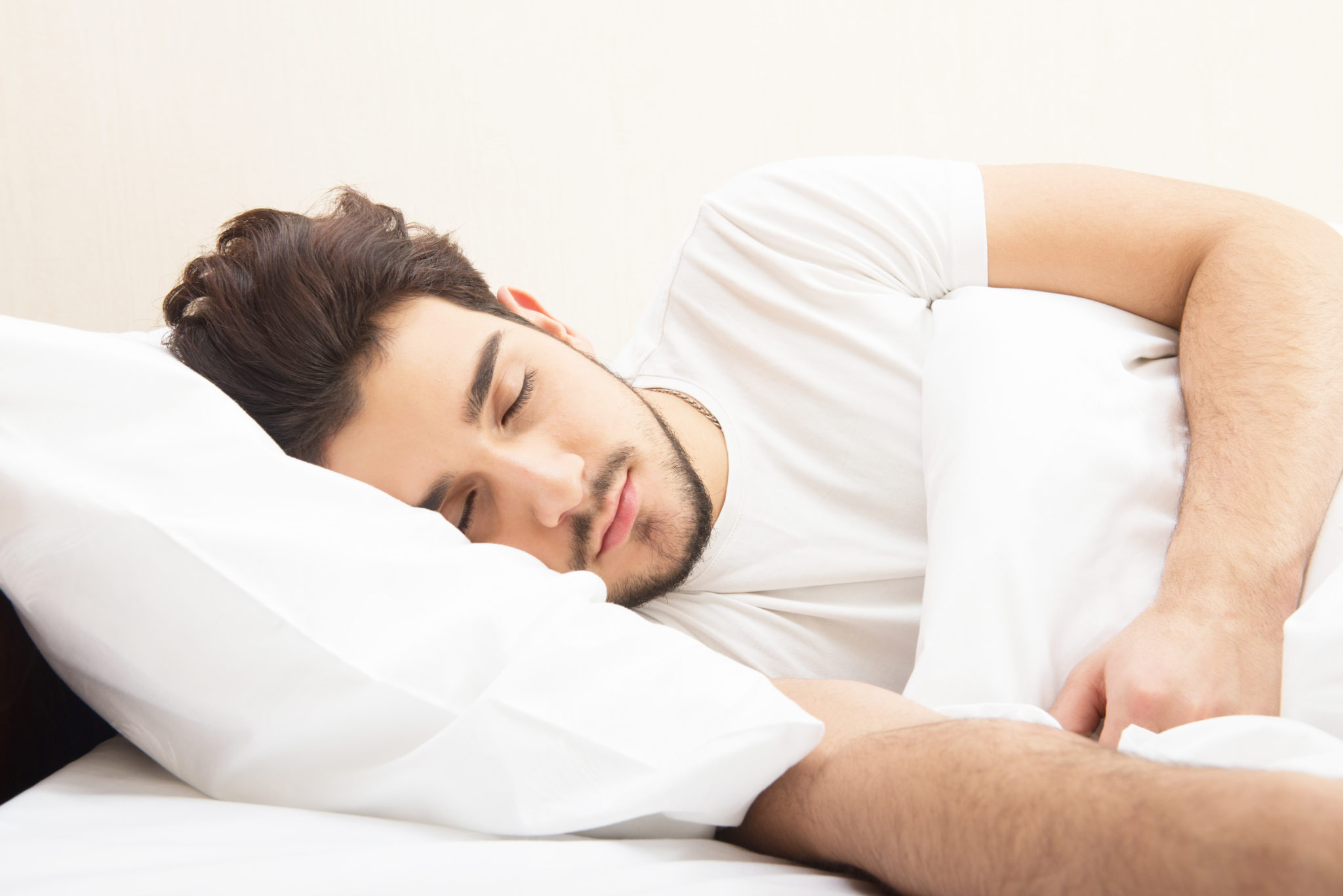






You did a great job of explaining how age can be a big factor in how people’s bodies become stiff and their bones become weaker. As someone who lives in a family with mostly elderly people in it, I’ve been getting a bit concerned for most of them since they seem to be moving a lot less nowadays. Any sudden physical movement is enough for them to feel pain for the rest of the day, and I want to help them out with regards to that. Yoga sounds like a good way for them to ease into it, so I’ll find a place that can give us lessons so we can start working on their flexibility issues.